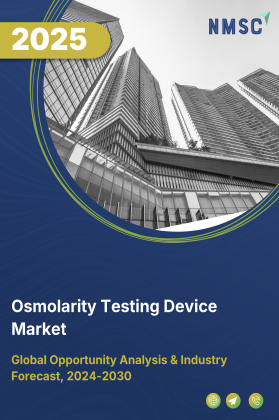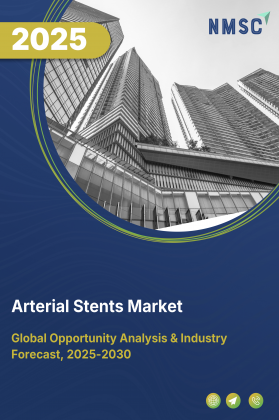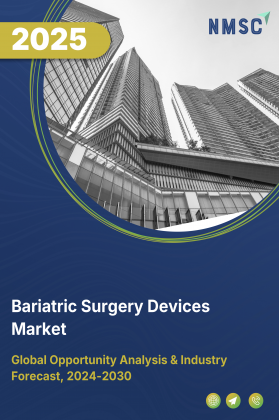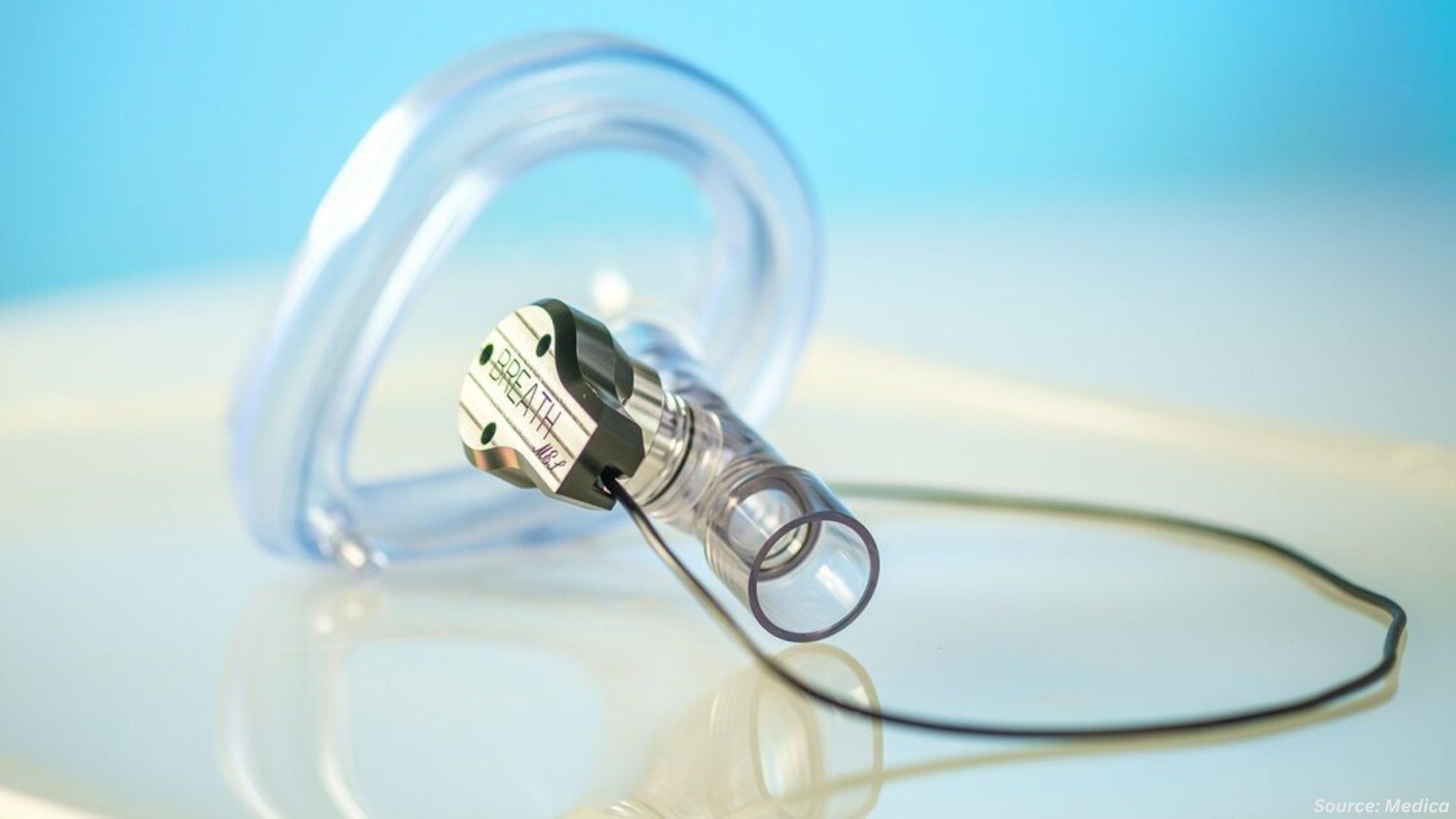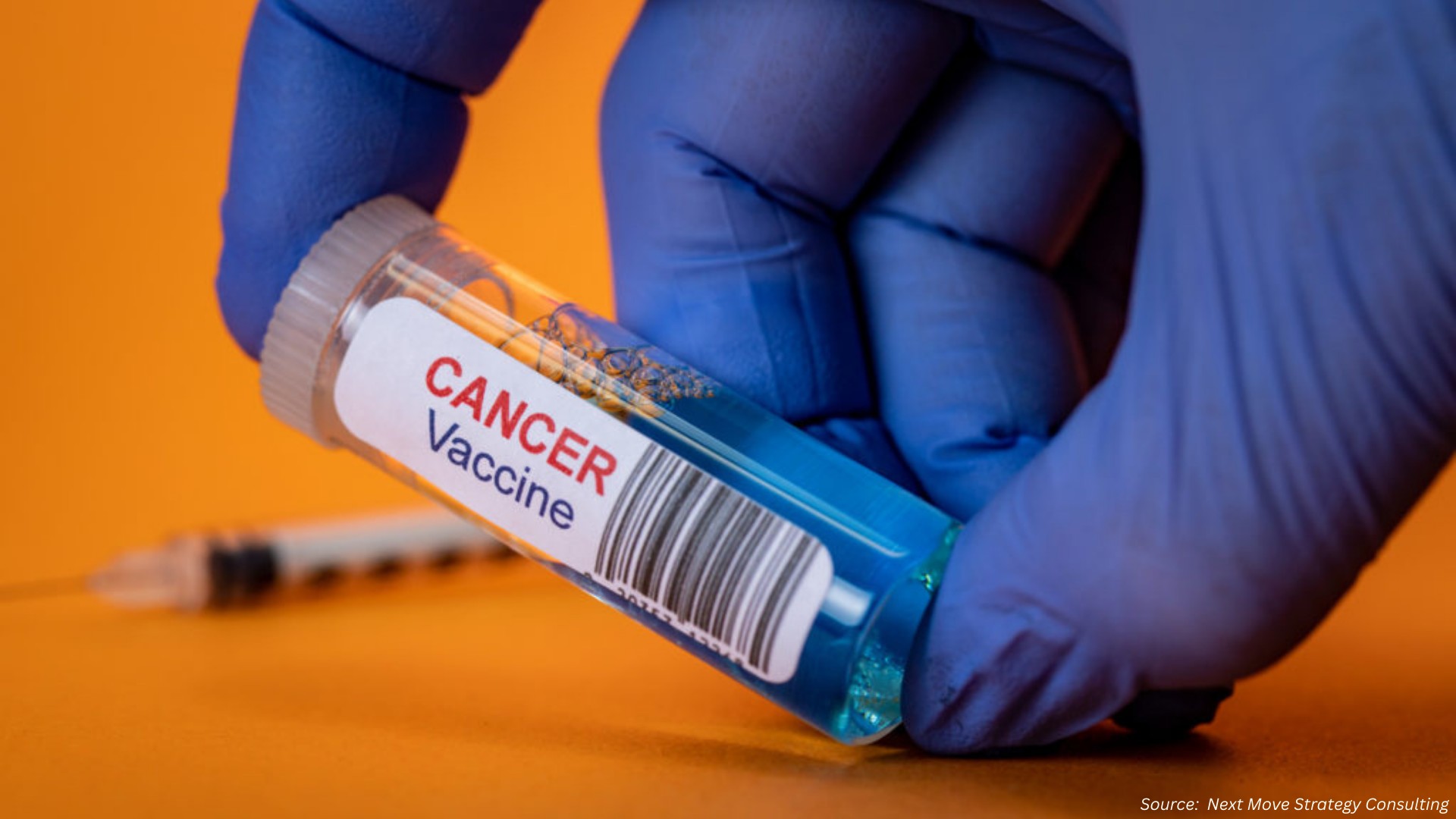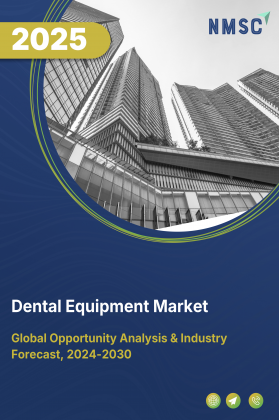
Dental Equipment Market by Product (Diagnostic & Imaging Equipment, Therapeutic & Treatment Equipment, Others), by Functional Usage (Diagnostic Equipment, Therapeutic & Treatment Equipment), by Treatment (Orthodontic, Endodontic, Periodontic, Prosthodontic, Others), and by End-User (Dental Hospitals & Clinics, Dental Laboratories, Dental Academic & Research Institutions) – Global Opportunity Analysis and Industry Forecast, 2025–2030
Industry Overview
The global Dental Equipment Market size was valued at USD 12.50 billion in 2024 and is predicted to reach USD 13.43 billion in 2025. The industry is expected to reach USD 19.28 billion by 2030 with a CAGR of 7.5% from 2025 to 2030.
The market is experiencing strong growth driven by the increasing prevalence of dental disorders, the expanding geriatric population, and rapid technological innovations. Rising incidences of conditions such as dental caries, periodontal disease, and tooth loss are boosting demand for advanced diagnostic and therapeutic solutions.
Aging populations are further accelerating the need for restorative, prosthetic, and preventive care. Technological advancements, including CAD/CAM systems, digital radiography, 3D printing, and laser dentistry, are enhancing precision, efficiency, and patient experience. While the high cost of advanced equipment remains a barrier, growing interest in cosmetic and aesthetic dentistry is opening new opportunities, positioning the market for sustained expansion in the coming years.
Rising Prevalence of Dental Disorders Drives the Market Growth
Rising prevalence of dental disorders is a major driver of the market, as increasing incidences of oral health issues such as dental caries, periodontal disease, tooth loss, and oral cancers are creating a higher demand for effective diagnosis, treatment, and preventive care solutions.
According to World Health Organization (WHO) in 2025, it is estimated that oral diseases affect nearly 3.7 billion people globally, with untreated dental caries in permanent teeth being among the most common health conditions worldwide. Factors such as unhealthy dietary habits, high sugar consumption, tobacco use, and poor oral hygiene contribute to the growing burden of dental disorders. This trend is prompting dental clinics, hospitals, and service organizations to invest in advanced diagnostic imaging systems, therapeutic equipment, and minimally invasive treatment technologies, thereby driving steady growth in the market.
Expanding Geriatric Population Accelerates Demand for the Market
Growing geriatric population is a significant driver of the dental equipment market demand, as aging individuals are more susceptible to oral health problems such as tooth loss, root caries, periodontal disease, oral cancer, and reduced salivary flow (xerostomia). With longer life expectancy and the desire to maintain functional and aesthetic dentition, older adults increasingly require restorative, prosthetic, and preventive dental treatments.
According to World Health Organization (WHO) in 2025, the global population aged 60 years and above is projected to increase from 1.1 in previous years to 1.4 billion by 2030. This demographic shift is driving higher demand for dental chairs, imaging systems, CAD/CAM solutions, and implantology tools, as dental clinics and hospitals adapt their services to meet the needs of senior patients. The combination of rising elderly populations and advancements in dental care technologies is expected to sustain strong growth in the market over the coming years.
Technological advancements Boost the Market Growth
Technological advancements are a major driver of the dental equipment market expansion, reshaping how dental care is delivered through innovations that improve accuracy, efficiency, and patient experience. According to U.S. National Institutes of Health (NIH) in 2024, dental restorations are increasingly designed and created using CAD/CAM technology, which enhances precision and efficiency while enabling customization of prostheses such as crowns, veneers, inlays, onlays, and bridges.
Alongside CAD/CAM, the adoption of digital radiography, cone-beam CT, intraoral scanners, 3D printing, and laser dentistry allows for faster workflows, same-day restorations, and minimally invasive procedures. As dental practices focus on delivering high-quality, patient-centric care while optimizing operational efficiency, investment in such advanced equipment continues to accelerate, driving market growth.
High Cost of Advanced Dental Equipment Limits the Growth of the Market
High cost of advanced dental equipment is a significant restraint for the dental equipment market expansion. Cutting-edge technologies such as CAD/CAM systems, cone-beam CT scanners, and dental lasers require substantial initial investment, along with ongoing maintenance and software upgrade expenses. For many small or solo dental practices, especially in developing regions, these costs are prohibitive, limiting adoption despite the potential benefits. This financial barrier slow the pace of technology penetration and restrict market growth, particularly in price-sensitive markets.
Rising Demand for Cosmetic and Aesthetic Dentistry Unlocks New Opportunities for the Market
The growing consumer focus on cosmetic and aesthetic dentistry presents a major opportunity for the market. Increasing awareness of smile aesthetics, fuelled by social media influence, lifestyle changes, and higher disposable incomes, is driving demand for procedures such as teeth whitening, veneers, clear aligners, and smile makeovers. This trend encourages dental clinics to invest in advanced imaging systems, CAD/CAM technology, and laser dentistry to deliver precise, customized, and minimally invasive cosmetic treatments. As cosmetic dentistry becomes more accessible and socially desirable across both developed and emerging markets, it is expected to open significant growth avenues for dental equipment manufacturers.
Market Segmentation and Scope of the Study
The market report is segmented by product, functional usage, treatment type, end-user, and regions. Products include diagnostic and imaging equipment, therapeutic and treatment equipment, restorative and prosthetic systems, laboratory equipment and machines, hygiene and sterilization devices, and other accessories. Functional usage spans diagnostic equipment and therapeutic and treatment equipment, while treatment types include orthodontic, endodontic, periodontic, prosthodontic, restorative, and others. End-users comprise dental hospitals and clinics, dental laboratories, dental academic and research institutions. Regional growth covers North America, Europe, Asia-Pacific, and the Rest of the World.
Geographical Analysis
In North America, the market is driven by the high prevalence of dental disorders alongside a well-established preventive oral care culture. According to the Centers for Disease Control and Prevention in 2024, by age 9, half of children have experienced cavities in their primary or permanent teeth, and 1 in 10 adolescents aged 12 to 19 have at least one untreated cavity in U.S. Annual spending on dental care in the United States alone amounts to USD 136 billion, underscoring the scale of the demand for dental services.
Widespread dental insurance coverage, regular check-up habits, and strong public awareness campaigns encourage early diagnosis and treatment of conditions such as dental caries, periodontal disease, and tooth loss. The region also benefits from rapid adoption of advanced technologies like CAD/CAM, cone-beam CT, and laser dentistry, supported by high purchasing power among dental practices. This combination of strong demand, technological readiness, and proactive oral health management fuels continuous investment in modern dental equipment across the U.S. and Canada.
In Europe, the market is strongly influenced by the region’s rapidly aging population, which faces a higher prevalence of oral health issues such as tooth loss, periodontal disease, and root caries. According to Eurostat in 2025, the EU population was estimated at 449.3 million, with more than one-fifth (21.6%) aged 65 years and over in 2024.
This growing elderly demographic is increasingly seeking advanced restorative solutions such as implants, crowns, and dentures to preserve both functionality and aesthetics, fueling demand for precision-driven technologies like CAD/CAM systems, digital imaging, and 3D printing. Supportive public healthcare systems across many European countries, along with strong professional training infrastructure, further promote the adoption of modern dental equipment to address the complex care needs of senior patients.
A major driver for the Asia–Pacific dental equipment market is the rising awareness and adoption of cosmetic dentistry. In recent years, countries like China, India, South Korea, and Japan have witnessed a surge in demand for aesthetic dental treatments such as teeth whitening, veneers, and orthodontics, fueled by growing disposable incomes, social media influence, and an increasing emphasis on personal appearance.
Dental clinics across the region are investing in advanced equipment like CAD/CAM systems, digital imaging, and laser dentistry to meet this demand, offering faster procedures with more precise results. Moreover, medical tourism hubs such as Thailand and India are attracting patients from other countries with high-quality yet affordable cosmetic dental services, further boosting equipment sales. This trend not only supports the replacement of outdated systems but also drives the purchase of innovative technologies tailored for aesthetic procedures.
A key driver for the Rest of the World (RoW) market is the expansion of public oral health programs in emerging economies. Governments in regions such as Latin America, the Middle East, and Africa are increasingly prioritizing oral health as part of broader healthcare initiatives. This includes launching nationwide dental check-up campaigns, mobile dental clinics for rural areas, and school-based oral hygiene programs.
Such initiatives require procurement of modern diagnostic and treatment equipment, from portable X-ray units to ergonomic dental chairs, to ensure accessibility and quality of care. In many countries, these programs are supported by international health organizations and NGOs, which fund equipment upgrades and training for local practitioners. This growing institutional demand is accelerating market growth by creating consistent and large-scale purchasing opportunities beyond private clinic investments.
Strategic Innovations Adopted by Key Players
Key players in the dental equipment industry are accelerating product innovation and portfolio diversification through the launch of advanced technologies and enhanced service offerings.
-
In March 2025, Planmeca unveiled a completely new generation of dental units at IDS 2025, including the Pro40 and digital CAD/CAM workflow upgrades, and also introduced new CBCT and 2D intra‑oral imaging devices within the Viso family. The company also showcased Romexis® 7 software enhancements.
-
In March 2025, KaVo presented an extensive lineup of new innovations under its “Elements of Excellence” campaign at IDS 2025, including the launch of the amiQa dental unit, enhanced ProXam intra‑ and extra‑oral imaging systems (2D Pro and 3DQ Pro), and AI-driven features like ProFace and ProCeph tools integrated into the Romexis platform.
-
In February 2025, Carestream unveiled enhancements in CBCT imaging, implant planning, and AI‑driven software tools, including integration with Pearl AI, to advance diagnostic accuracy and practice efficiency.
-
In January 2025, W&H showcased over ten innovations at IDS 2025, led by its new “Seethrough” imaging portfolio featuring five advanced X‑ray systems for both intraoral and extraoral diagnostics, plus hygiene/reprocessing devices.
-
In January 2025, A dec introduced a 10 year warranty on core equipment such as dental chairs, delivery systems, lights, furniture, and stools, doubling the previous coverage, to reinforce confidence and long term value.
Key Benefits
-
The report provides quantitative analysis and estimations of the market from 2025 to 2030, which assists in identifying the prevailing industry opportunities.
-
The study comprises a deep-dive analysis of the current and future dental equipment market trends to depict prevalent investment pockets in the sector.
-
Information related to key drivers, restraints, and opportunities and their impact on the market is provided in the report.
-
Competitive analysis of the players, along with their market share, is provided in the report.
-
SWOT analysis and Porter's Five Forces model are elaborated in the study.
-
Value chain analysis in the market study provides a clear picture of the roles of stakeholders.
Dental Equipment Market Key Segments
By Product
-
Diagnostic & Imaging Equipment
-
Intra‑oral X‑ray systems
-
Digital X-ray Units
-
Digital Sensors
-
-
Extra‑oral radiography
-
Digital Units
-
Analog Units
-
-
Intra‑oral cameras & scanners
-
-
Therapeutic & Treatment Equipment
-
Dental Chairs & Delivery Systems
-
Dental Handpieces, Micromotors, Endo & Ortho motors
-
Dental Lasers
-
Electrosurgical & laser‑based treatment devices
-
-
Restorative & Prosthetic Systems
-
CAD/CAM & Prosthetic Systems (3D printers, milling machines, scanners)
-
3D Printers (chairside use)
-
-
Laboratory Equipment & Machines
-
Articulators, Vibrators, Model trimmers
-
Casting / pressing / furnace units, vacuum formers
-
3D printers (lab use)
-
Polymerisers and resin stations
-
-
Hygiene & Sterilization Devices
-
Autoclaves & sterilizers
-
Ultrasonic cleaners, washers, suction/vacuum systems
-
Maintenance devices for infection control
-
-
Other Equipment & Accessories
By Functional Usage
-
Diagnostic Equipment
-
Therapeutic and Treatment Equipment
By Treatment
-
Orthodontic
-
Endodontic
-
Periodontic
-
Prosthodontic
-
Restorative
-
Others
By End-User
-
Dental Hospitals & Clinics
-
Public
-
Private
-
-
Dental Laboratories
-
Dental Academic & Research Institutions
-
Others
By Region
-
North America
-
The U.S
-
Canada
-
Mexico
-
-
Europe
-
The UK
-
Germany
-
France
-
Italy
-
Spain
-
Denmark
-
Netherlands
-
Finland
-
Sweden
-
Norway
-
Russia
-
Rest of Europe
-
- Asia-Pacific
-
China
-
Japan
-
India
-
South Korea
-
Australia
-
Indonesia
-
Singapore
-
Taiwan
-
Thailand
-
Rest of Asia-Pacific
-
-
Rest of the World
-
Latin America
-
Middle East
-
Africa
-
Key Players
-
Envista
-
Align Technology, Inc.
-
Planmeca Oy
-
3M
-
W&H Dentalwerk Bürmoos GmbH
-
Ivoclar Vivadent
-
A-dec Inc
-
GC Corporation
-
Carestream Dental LLC
-
ZimVie Inc.
-
Midmark Corporation
-
KaVo Dental GmbH
-
NSK Ltd
Report Scope and Segmentation
|
Parameters |
Details |
|
Market Size in 2025 |
USD 13.43 billion |
|
Revenue Forecast in 2030 |
USD 19.28 Billion |
|
Growth Rate |
CAGR of 7.5% from 2025 to 2030 |
|
Analysis Period |
2024–2030 |
|
Base Year Considered |
2024 |
|
Forecast Period |
2025–2030 |
|
Market Size Estimation |
Billion (USD) |
|
Growth Factors |
|
|
Countries Covered |
28 |
|
Companies Profiled |
15 |
|
Market Share |
Available for 10 companies |
|
Customization Scope |
Free customization (equivalent to up to 80 working hours of analysts) after purchase. Addition or alteration to country, regional, and segment scope. |
|
Pricing and Purchase Options |
Avail customized purchase options to meet your exact research needs. |

















 Speak to Our Analyst
Speak to Our Analyst



